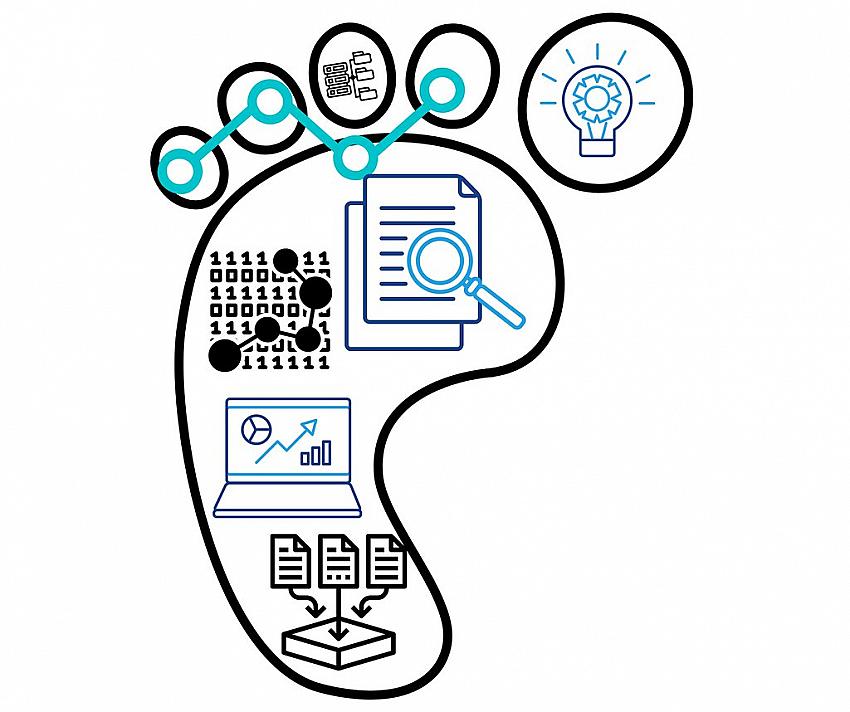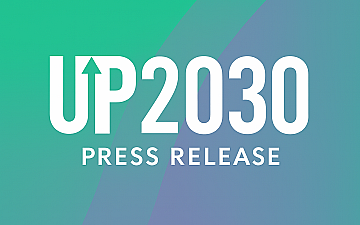Nowadays, a large part of personal, social and professional life is tied to the use of the Internet. From waking up to our phone alarm, to tracking our daily steps to the gym, the data from the trail running and the burned calories. While driving, we turn on the GPS system, pair our phone with the car and load music on the way to the office, we receive a call which we conduct through the car system. We check the news and current posts on social networks, receive messages and events, make a new online order, manage our documents. We arrive at work at 9 am in the morning and before the day has even started, we have already created a huge data trail, a so called, digital footprint.
The digital footprint represents the data in the online environment that a person generates when using the Internet and various digital devices. These ‘traces’ find a variety of manifestations, with some of the more common expressions being namely:
- Provision of personal data;
- Acceptance of ‘cookies’;
- Subscribing to channels and web pages;
- Online shopping;
- Interactions, occurring on social networks such as ‘likes’, ‘reactions’, ‘follows’, etc.;
- GPS location sharing;
- Connection of applications;
- Pairing of devices and using the Internet of Things (‘IoT’).
The digital footprint is regularly used by companies and other third parties for the purposes of profiling respective users, market and community groups analysis, and increase of the reach of their information and products to new individuals. This happens by analysing the data acquired from the digital footprint, often gaining detailed insight into the personality, interests, habits and perceptions of the respective user.
Two main types of digital footprints exist:
- A passive digital footprint is embodied by the data collected without the user’s knowledge. It is a trail of data left online without the user’s consent and knowledge. Typical examples include web servers storing users’ IP addresses, data from search histories, information about the respective devices used.
- An active digital footprint is data sent intentionally, such as sharing locations in apps, online shopping data, and sending emails and instant messages.
Despite the ease of use of various online services, often the use of data provided online is used in violation of user privacy. In fact, personal data is often used for additional profit by third parties without the user’s knowledge. This type of data is regularly sold for advertising purposes, subject to cyber theft and unauthorized access, often resulting in identity theft.
To date, there is still no definitive solution to protect overall privacy of users, but legislative actions and additional measures in this direction are constantly being taken. For example, European acts such as the General Data Protection Regulation (GDPR) and the E-Privacy Directive introduce additional requirements for the provision of personal data and the so-called ‘cookies’. Some of the everyday habits that could also help limit our digital footprint include:
- Use of privacy-enhancing tools – for example, using a virtual private network ('VPN') on a computer or mobile device to increase anonymity and privacy;
- Use of various technologies to encrypt register logs, e-mails and web pages, as well as the use of encrypted and self-erasing messages;
- Improving online hygiene through certain measures, including:
- avoiding unsecured web pages or applications that may appear suspicious (e.g., ones that do not allow to turn off the location or ‘cookies’ tracking);
- where possible, review and change the default settings of browsers and applications to share less data;
- use of different emails for different purposes (e.g., one for shopping, another for personal use and a third one for work purposes);
- declination of ‘cookies’ and sharing of as little personal data as possible;
- deletion of browser history;
- use of different payment cards for different purposes; and others.
- Education about more of the general problems – understanding more about the importance, the risks, and benefits of privacy, associated with using a service or application or sharing data on social media.









